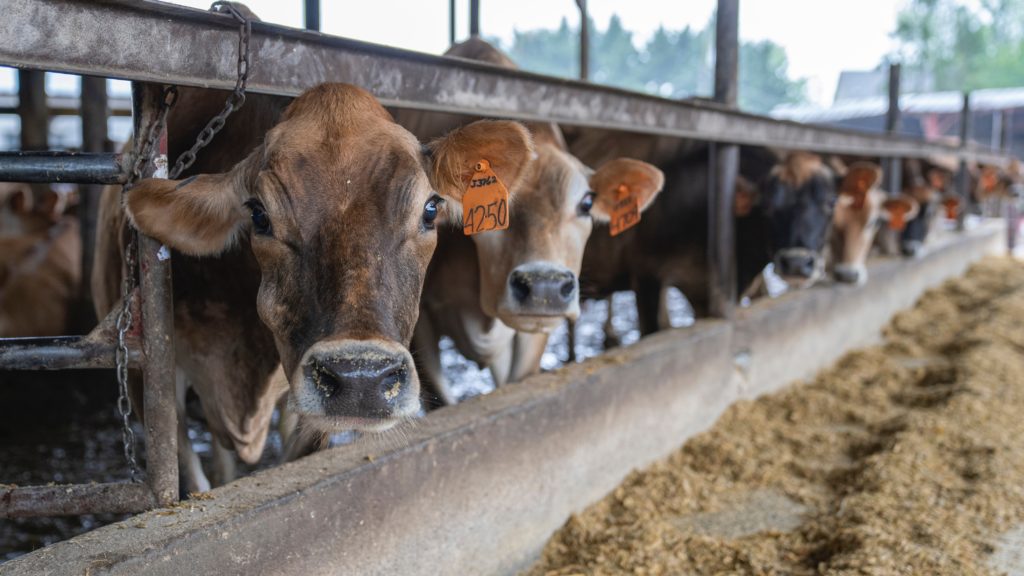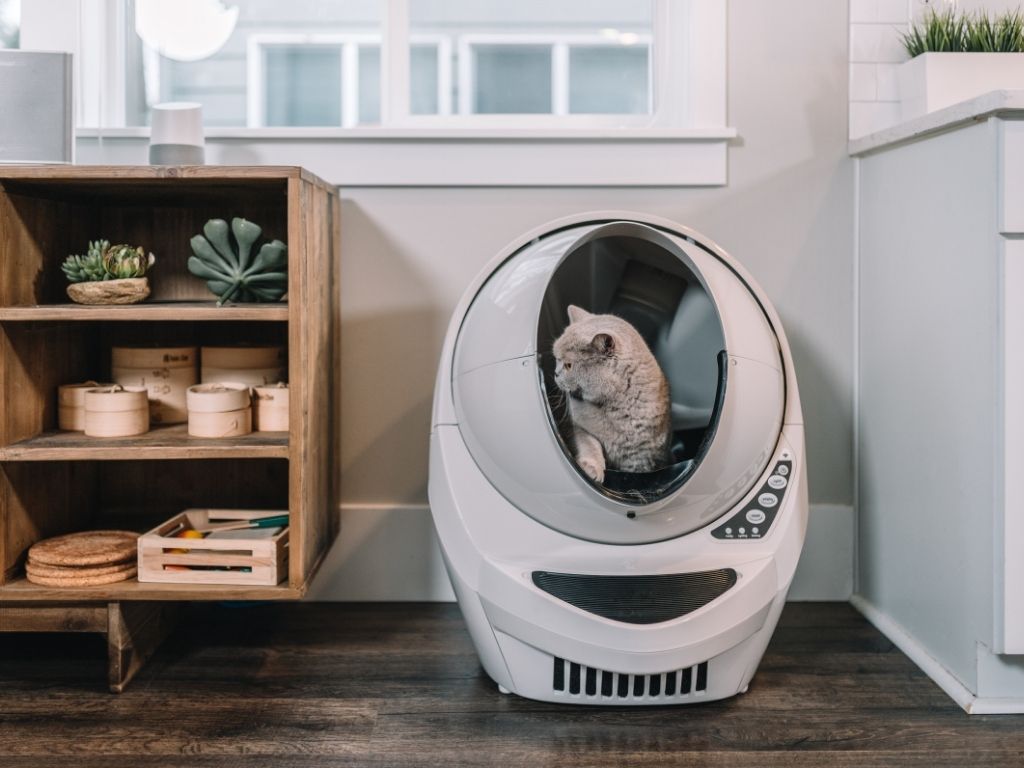Your Cat Is Fighting Climate Change: Kitty Litter Traps Methane Gas, Study Finds
3 Mins Read
It’s news that’s sure to put a smile on the faces of cat lovers everywhere: MIT researchers say cat litter could help fight climate change.
That’s right—cat litter may help fight climate change. According to the MIT research team, zeolite clay—a common cat litter ingredient—showed the ability to absorb methane when placed in a copper solution.
The researchers say the litter ingredient cheaply and easily traps methane and converts it to carbon dioxide. Both are greenhouse gases, and CO2 is particularly harmful, but methane traps more heat than CO2. The most recent IPCC climate report called for urgent 30 percent reductions in methane by 2025.
Methane research
The researchers have now received a $2 million grant from the U.S. Department of Energy to further research the potential of zeolite. The government is hopeful it could be used in coal mining and dairy production—two of the biggest methane-producing industries—to trap the gas.
Zeolite is porous and can act like a sponge, soaking up the methane. The researchers are looking at how vents could trap the gas from high-producing areas.

There’s more methane being produced than ever before, recent data show. According to the latest numbers from the National Oceanic and Atmospheric Administration, methane increased by seven parts per billion last year—the largest increase on record.
It’s a common byproduct of fossil fuel extraction as well as landfill off-gassing. One of its largest producers though is livestock production, specifically ruminant animals including cows and sheep. They release methane through belches and flatulence. It’s also produced by their waste.
Climate change
Climate change is also causing more methane to be released. As the poles experience increased melting, the permafrost releases methane into the atmosphere. Recent data found that the poles are experiencing warming from climate change at three times the rate of other parts of the planet.

But don’t overfill your kitty’s litter box just yet—the research is still years away from being a viable solution. Climate experts suggest the quickest way to reduce methane is by plugging up oil and gas wells that are leaking methane. There are thousands that need attention, according to recent data.
Consuming fewer animal products is also an easy way to help reduce methane emissions—specifically limiting beef and dairy. The world’s leading climate experts say it’s urgent that we reduce animal protein and move instead toward more sustainable options such as plant-based meat and dairy, fungi-based alternatives, and even cultivated meat options.
Photo by Litter Robot on Unsplash




